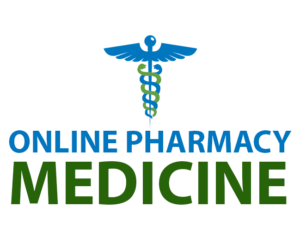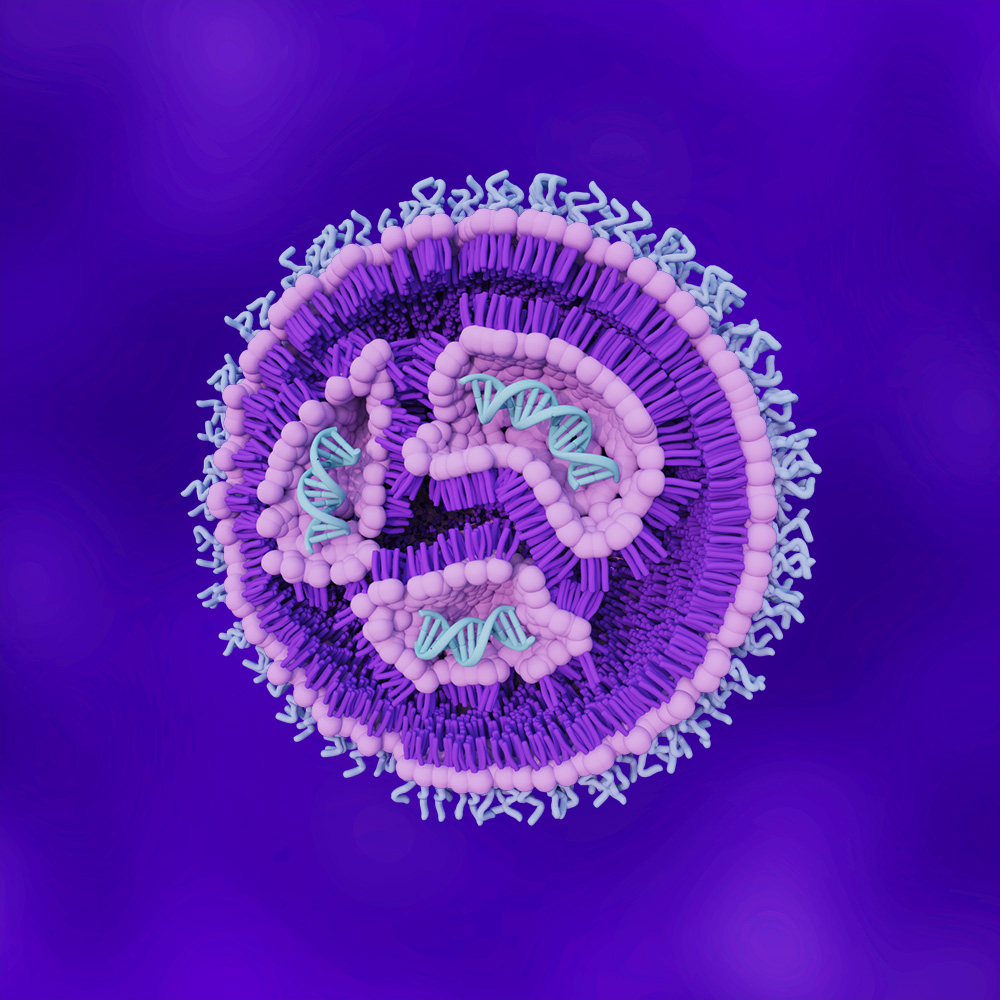RNA-loaded lipid nanomedicines are a new therapeutic agent class with great promise for cancer treatment. These nanomedicines are designed to deliver RNA molecules directly to cancer cells, thereby allowing for targeted gene regulation and potential cancer cell death.
RNA interference (RNAi) is a powerful gene-silencing mechanism that can be exploited to turn off genes critical for cancer cell survival selectively. However, RNAi molecules are unstable in the body and can be easily degraded before reaching their target cells. To address this issue, RNAi molecules can be encapsulated in lipid nanoparticles that protect them from degradation and facilitate their delivery to cancer cells.
RNA-loaded lipid nanomedicines offer several advantages over traditional cancer therapies:
- RNAi allows for highly targeted gene regulation, which can lead to cancer cell death while sparing healthy cells.
- The lipid nanoparticles protect the RNAi molecules and allow for sustained release, which can improve the efficacy of the treatment.
- RNAi can target genes resistant to traditional chemotherapy drugs, making it a potential treatment option for patients who do not respond to conventional therapies.
One example of a lipid-based RNA nanomedicine is patisiran, which was approved by the FDA in 2018 for treating hereditary transthyretin-mediated amyloidosis. Patisiran is a lipid nanoparticle that contains small interfering RNA (siRNA) molecules that target the transthyretin gene. The siRNA molecules are released from the nanoparticle and enter the cells, where they bind to the target mRNA and prevent its translation into protein, thereby reducing the levels of the toxic transthyretin protein.
RNA loaded Lipid Nanomedicines are also being investigated for the treatment of cancer. One example is Onpattro, a lipid nanoparticle that contains siRNA molecules that target the mRNA of a protein called hATTR. While hATTR is not a cancer-related gene, Onpattro demonstrates the potential of RNA-loaded lipid nanoparticles for targeted gene regulation.
Another example of an RNA-loaded lipid nanomedicine for cancer treatment is the work of Dr. Daniel Anderson and his team at MIT. They have developed lipid nanoparticles that can deliver siRNA molecules to cancer cells and selectively silence genes critical for cancer cell survival. These lipid nanoparticles are designed to be stable in the body and efficiently deliver siRNA to the target cells. In preclinical studies, these lipid nanoparticles have shown promising results in treating several types of cancer, including ovarian and prostate cancer.
In addition to RNA-loaded lipid nanomedicines, other nanomedicines are also being developed for cancer treatment. For example, nanoparticles can target specific receptors on the surface of cancer cells and deliver drugs directly to the cells. These nanoparticles can also be designed to respond to specific stimuli, such as changes in pH or temperature, and release their cargo only under certain conditions, improving the treatment’s efficacy while reducing side effects.
In conclusion, RNA-loaded lipid nanomedicines hold great promise for cancer treatment. These nanomedicines offer the potential for targeted gene regulation and cancer cell death while sparing healthy cells. While challenges still need to be addressed, such as ensuring the stability and safety of the nanomedicine for patients with cancer and optimizing their targeting and delivery to the tumor cells, these new therapies offer new options for patients with difficult-to-treat cancers. With continued research and development, RNA-loaded lipid nanomedicines may offer new hope for patients with cancer.

